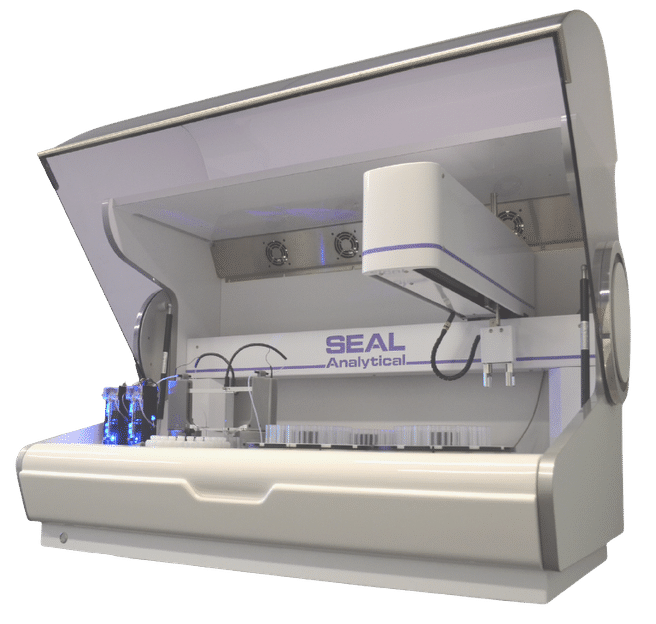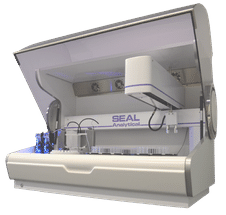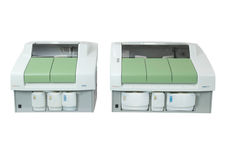AQ700
AQ700 - A Discrete Analyser with high throughput and walk away time
Advanced robotics for faster standard and sample preparation/hour
Fastest start-up with the most automation and flexibility
Highest capacity - more samples and more reagents equal longer walk-away time


AQ700 can analyse ANY analyte in ANY order and guarantee no cross contamination
Laboratories analysing environmental samples face many hurdles. The lab’s task is made significantly more difficult by the large number of samples and analytes required. Sometimes the samples to be analysed number in the thousands per day and keeping the costs per sample contained and low, places extra pressure on the laboratory.
Thankfully there is a way to process a large number of environmental samples automatically, with a low cost per sample. The SEAL AQ700 Discrete Analyser uses the principles of discrete analysis, and employs a robotic sampling arm to aspirate, dispense and mix accurate and precise quantities of samples and reagent with no cross-contamination. True walk-away operation means you can be performing analysis even when your lab is unattended overnight.

1
AQ700 - A Discrete Analyser with high throuput and walk away time
Request information about AQ700 now

Discrete analysers: AQ700
AQ700 - A Discrete Analyser with high throughput and walk away time
Product classification AQ700
Product categories
Applications
Manufacturers of similar products
Find more discrete analysers and related products
Find AQ700 and related products in the theme worlds
Topic world Photometry
Photometry, the measurement of light intensity in relation to interaction with molecules, is a key tool in chemistry and life sciences. It enables researchers to determine concentrations of substances in solutions, follow reaction kinetics or check the quality of samples and provides valuable data for analyses, from quality control in the laboratory to clinical diagnostics.

Topic world Photometry
Photometry, the measurement of light intensity in relation to interaction with molecules, is a key tool in chemistry and life sciences. It enables researchers to determine concentrations of substances in solutions, follow reaction kinetics or check the quality of samples and provides valuable data for analyses, from quality control in the laboratory to clinical diagnostics.


